How Much Does a Polaris Xpedition Weigh?

The Polaris Xpedition is one of the top UTVs on the market today. With a rugged build and serious performance, it might even be one of our favorite Polaris side-by-sides.
And if you’re thinking about getting one, one question you might want to ask yourself before you make the investment is:
How much does the Polaris Xpedition weigh?
Weight can tell you a lot of things about a vehicle, including how it handles, how efficient its fuel usage is, and even how much gear it can haul. Weight can even help you avoid getting stuck in the sand when you’re out on the dunes!
That’s why, in this guide, we’re going to explore all there is to know about the weight of the Polaris Xpedition, so you can make an informed decision for your next purchase!
The Weight of the Polaris Xpedition
The weight of the Polaris Xpedition depends on the specific model and configuration.
Generally speaking, the dry weight of the Polaris Xpedition is about 2,041 pounds. The curb weight, on the other hand, which includes fuel, oil, and coolant, pushes the weight up to 2,162 pounds.
Different configurations have slight weight differences. Some of the models with larger engines or additional Polaris parts and accessories, for example, are heavier.
Something as seemingly lightweight as a custom roof rack or a winch can shift the weight quite a bit, which is why it’s always a good idea to double-check specs when purchasing mods.
Factors That Affect Weight
There are several things that can impact the weight of your Polaris Xpedition, including:
Frame and Build Material
The Xpedition's frame is made out of steel and aluminum for both strength and agility.
Steel is heavier than aluminum, but offers more durability, while aluminum helps with fuel efficiency. The material your frame is made of will directly impact how much it weighs, so if you want to shave off a few pounds, go for an aluminum frame.
Engine and Components
The size of your engine can also have a big impact on your UTV’s weight. The 114 HP ProStar 1000 Gen 2 Engine is pretty hefty, which is why it handles heavy-duty off-roading so well.
Accessories and Add-ons
These are all of the fun toys and mods that you might add to your Xpedition over time, including winches, tires, bumpers, and other accessories. The important thing to remember is that every accessory is going to add to the weight of your vehicle.
Winches can easily weigh between 40-100 lbs, depending on the model. Even tires can be around 50 pounds each!
So, if you want to mod your Xpedition, whether for style or functionality, it’s important to make sure you’re not using a bunch of heavy accessories.
Fuel Capacity and Storage Options
We often forget to think about fuel tanks and storage space in regards to vehicle weight. However, because the Polaris Xpedition is specifically made to carry tons of gear, it has a larger fuel tank and cargo area. The more you put in those otherwise empty spaces, the heavier your vehicle gets.
Why Weight Matters

So, why should you care about the weight of your Polaris Xpedition other than, once again, trying not to get stuck in the sand?
Well, there are a few reasons we’d like to think are pretty important:
Handling and Maneuverability
This first one isn’t the most surprising, and you’d probably say ‘duh’ if you’ve ever driven an old muscle car. Heavier UTVs tend to feel more stable, but they can also be more sluggish, especially on quick turns.
If you find yourself out on tight trails a lot, you might be better off going with a lighter UTV, as it’ll naturally respond faster. The Xpedition is a relatively heavy vehicle, so while it will certainly give you a planted feel that’s great for stability, it’s not the most agile.
Performance on Different Terrains
Heavier vehicles often struggle on softer terrain too, such as deep sand or soft mud. The heavier your vehicle, the more likely you’ll be to sink into a surface rather than glide over it. Of course, if you’re on rocky terrain, having a bit of extra weight for traction isn’t the worst thing!
Fuel Efficiency
As we said before, weight can also have a significant impact on your fuel efficiency.
The heavier the UTV, the more fuel it’ll likely consume to stay up to speed. This is especially true on long trips. This is definitely something to consider if you’re planning on taking longer trips with your UTV or racing around in more remote areas where there aren’t many places to fuel up.
Load Capacity
Your UTV’s weight will also determine how much extra gear you can haul or tow. If your UTV is already heavy, you don’t want to overload it with passengers or cargo. This can increase your risk of getting stuck in the sand or mud, or kill your fuel efficiency!
Final Thoughts
Knowing the weight of the side-by-side you’re driving isn’t just so you can have a fun fact to rattle off. It’s actually an important part of the entire off-roading experience. The weight of a UTV can tell you how it handles on different terrains and how much gear you’re able to load up when out on the trails or doing work around the yard.
Though the dry and curb weights are important to know, it’s also helpful to think about the future and any modifications you might add, as they can make all the difference.
So, if you’re getting ready to make your next UTV purchase and the Polaris Xpedition has come out as a top contender, just think about how the weight will impact your ride! And, of course, if you’re looking for the best Polaris parts and accessories to optimize your ride, look no further than StarknightMT!
FAQs
Q1: What’s the difference between the dry weight and wet weight of the Polaris Xpedition?
A1: The dry weight is the weight of your UTV as it comes straight out of the factory, without any fluids like fuel, oil, or coolant. The wet weight, which most people refer to as the “curb weight,” includes all of the fluids you’ll likely have in your vehicle at all times. In essence, the curb weight will give you a more accurate weight for your UTV overall.
Q2: How can I reduce the weight of my UTV without sacrificing performance?
A2: We recommend swapping out some of the heavy mods or components or lighter alternatives. For example, if you’re riding around on steel wheels, you might decide to opt for aluminum. You can also get rid of any unnecessary accessories. If you have a roof rack that you never use, it might be worth taking it off to shave off a little weight without sacrificing functionality.
Q3: Does the weight of the Polaris Xpedition affect towing capacity?
A3: Yes, weight can play a huge role in how well your Xpedition tows. The heavier it is, the less weight it will be above to carry overall. Now, with that said, the Polaris Xppedition has a 2,000 lb towing capacity, which is pretty solid for hauling heavy gear or trailers. The important thing is to be mindful of how much you’re adding to your UTV.
Q4: How does the weight of my UTV affect fuel economy?
A4: The heavier your UTV, the more fuel it’s going to use. If you want the best fuel economy, go for a lighter UTV. They don’t require as much power to move, which makes them far more fuel-efficient. This is especially helpful if you plan on taking long trips and don’t want to refuel constantly.
Image Source-Cover

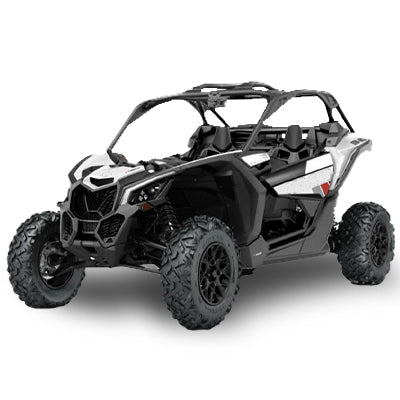
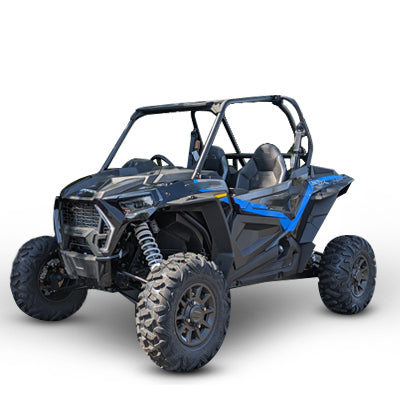
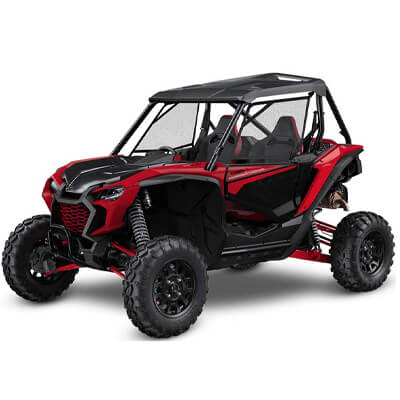
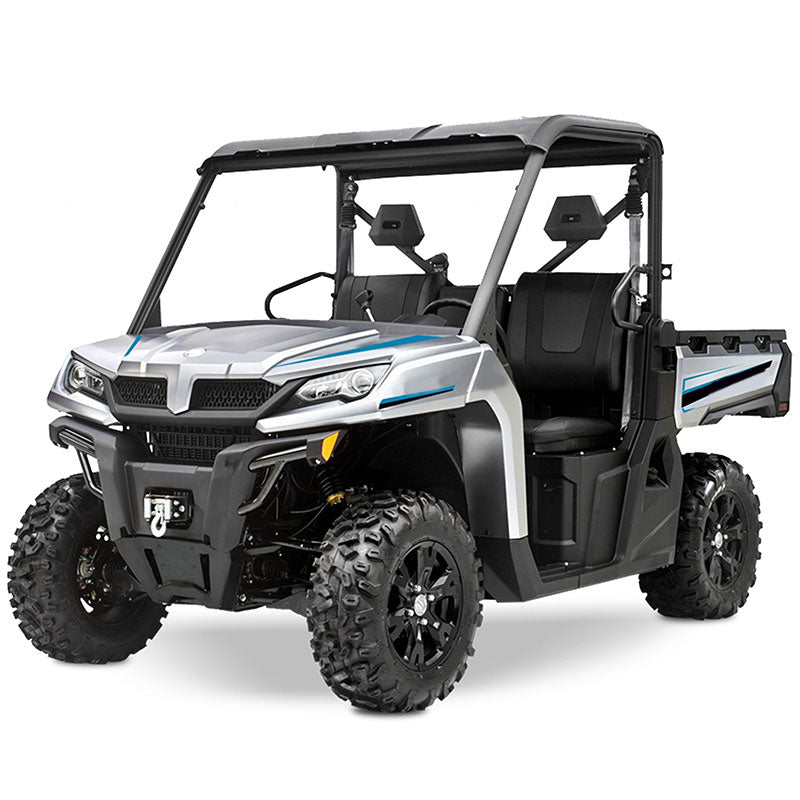
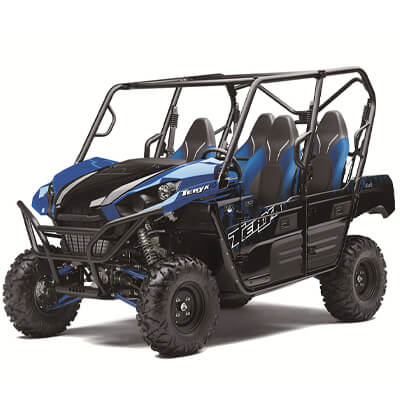
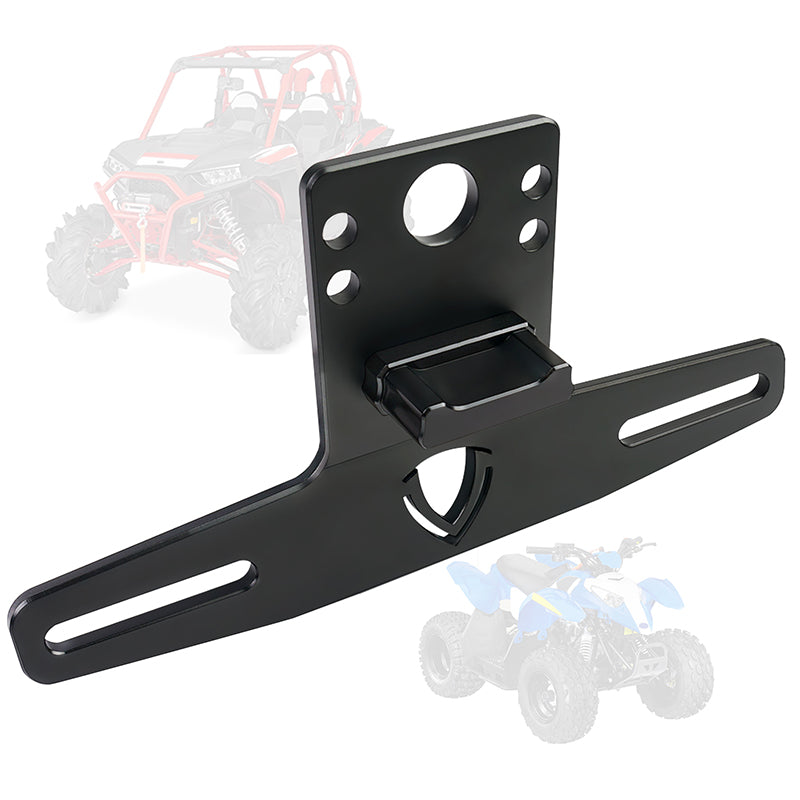
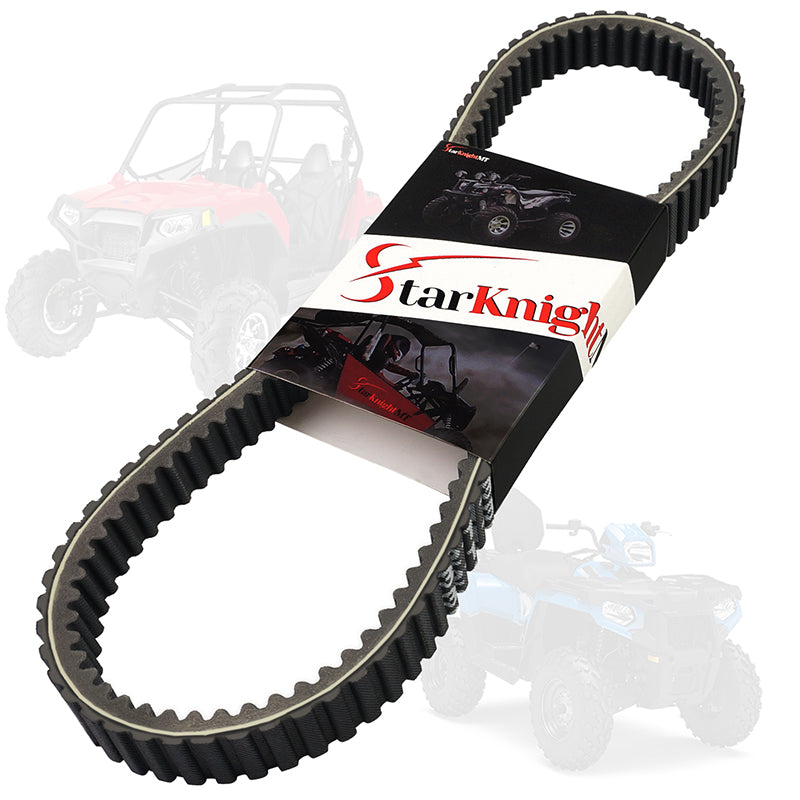



Leave a comment